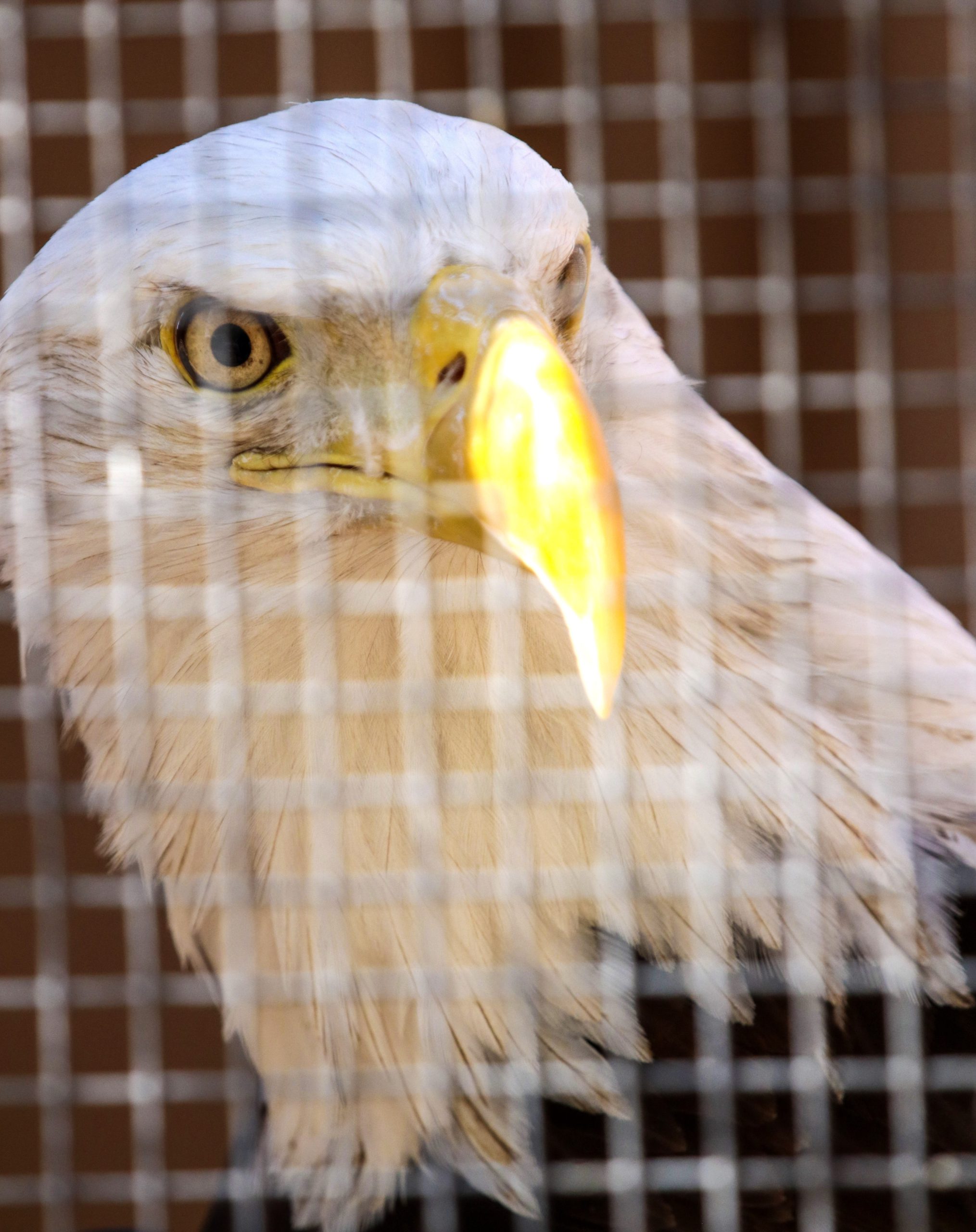Indianz.Com > News > Cronkite News: Study highlights impact of lead poisoning in eagles
New study shows nearly half of bald eagles affected by chronic lead poisoning
Wednesday, April 13, 2022
Cronkite News
PHOENIX, Arizona — A new study from the journal Science found that almost half of bald eagles and golden eagles in Arizona and 37 other states suffered from chronic lead poisoning.
The main way eagles consume lead is through their diet. Lead bullets and shot used in hunting game and varmints break apart on impact, and the carcasses are scavenged by birds of prey, who then ingest the lead.
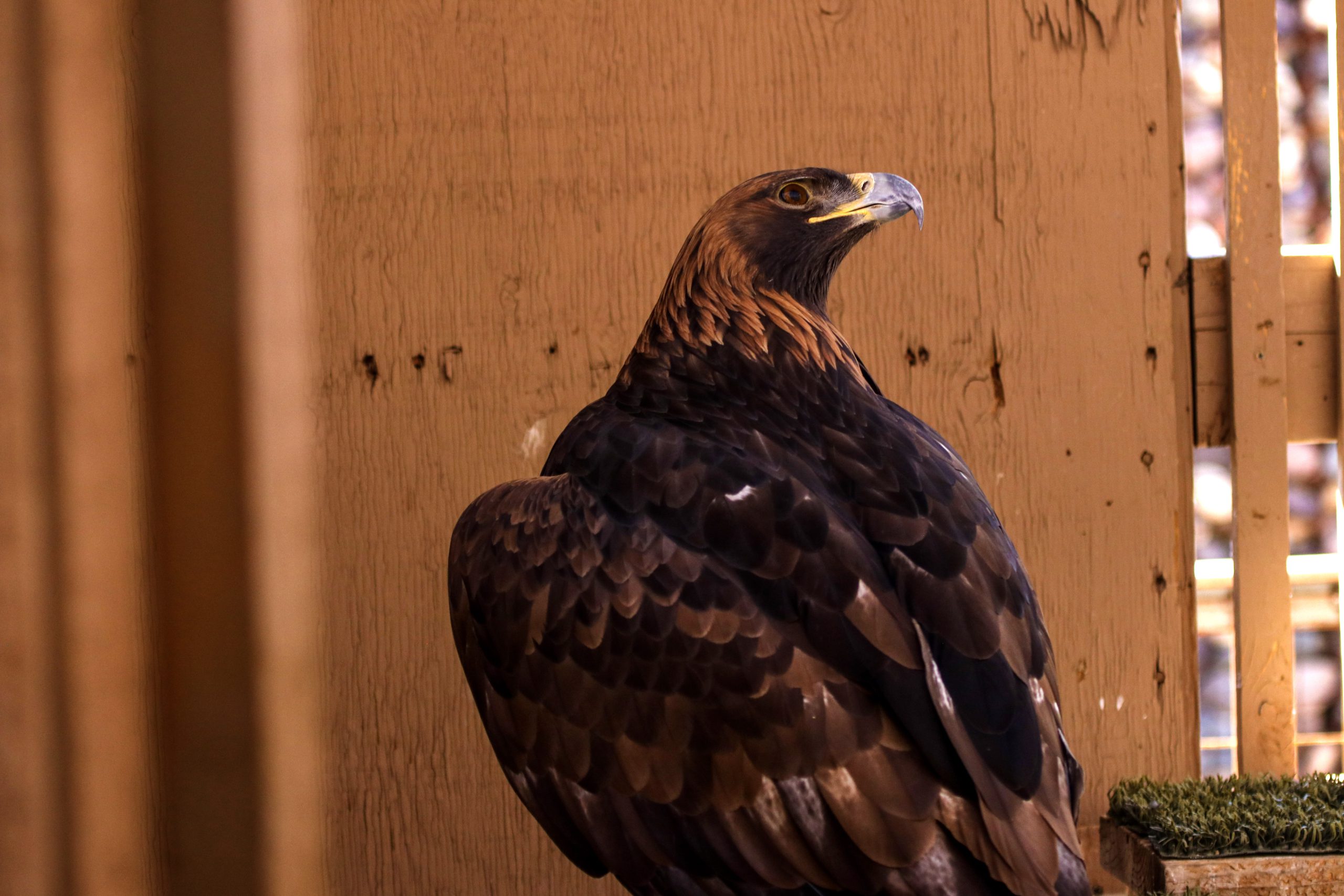
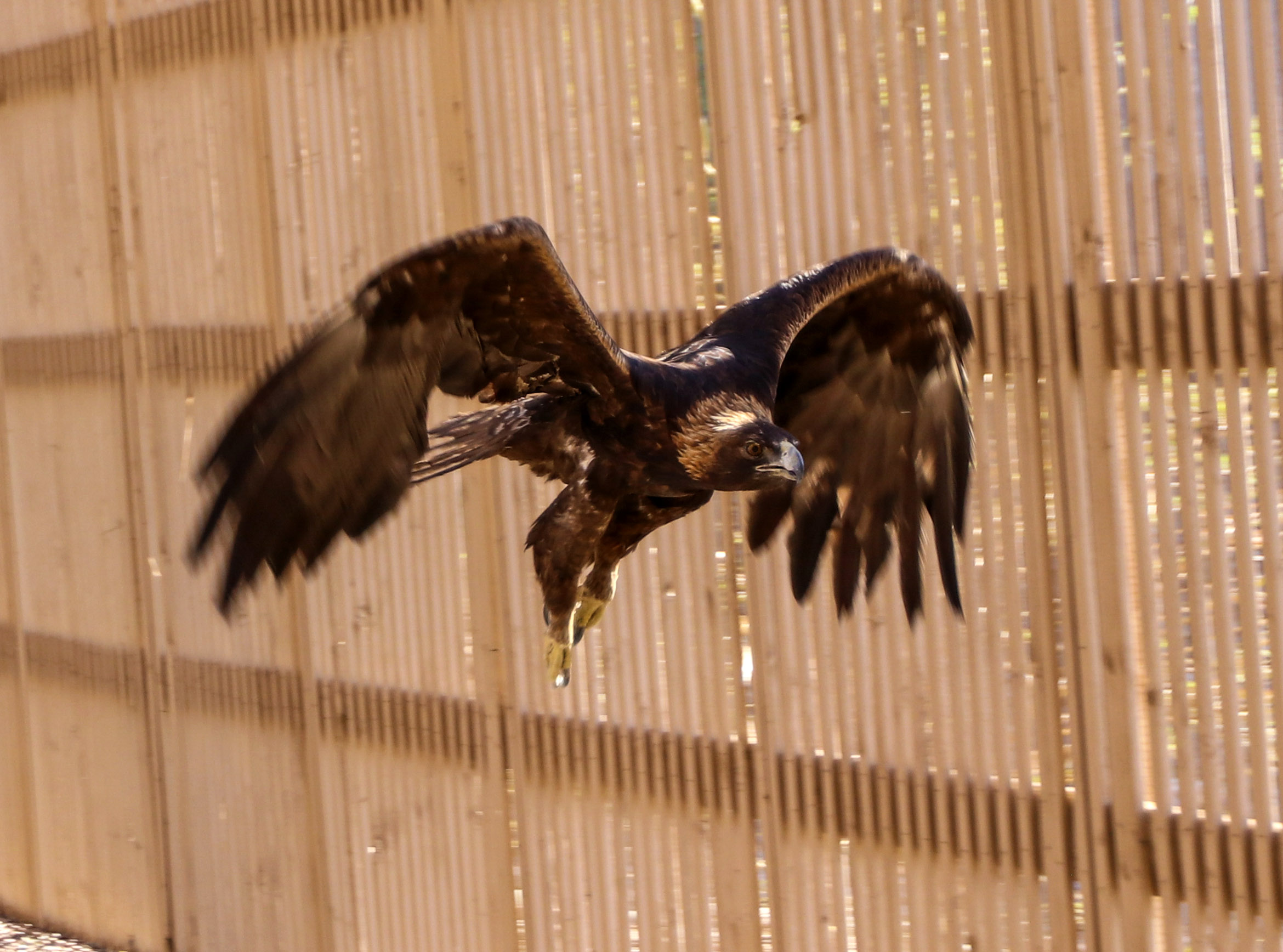
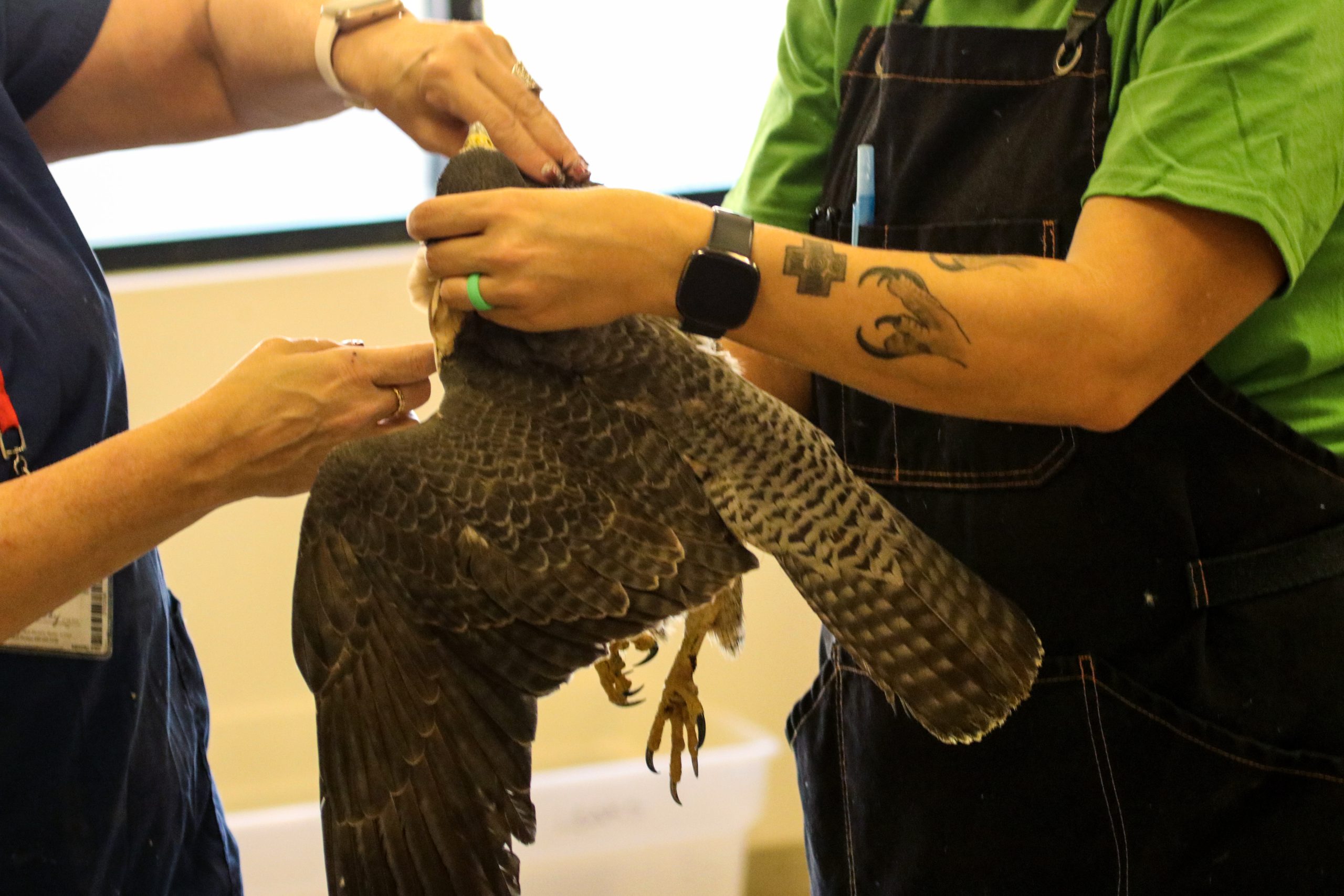

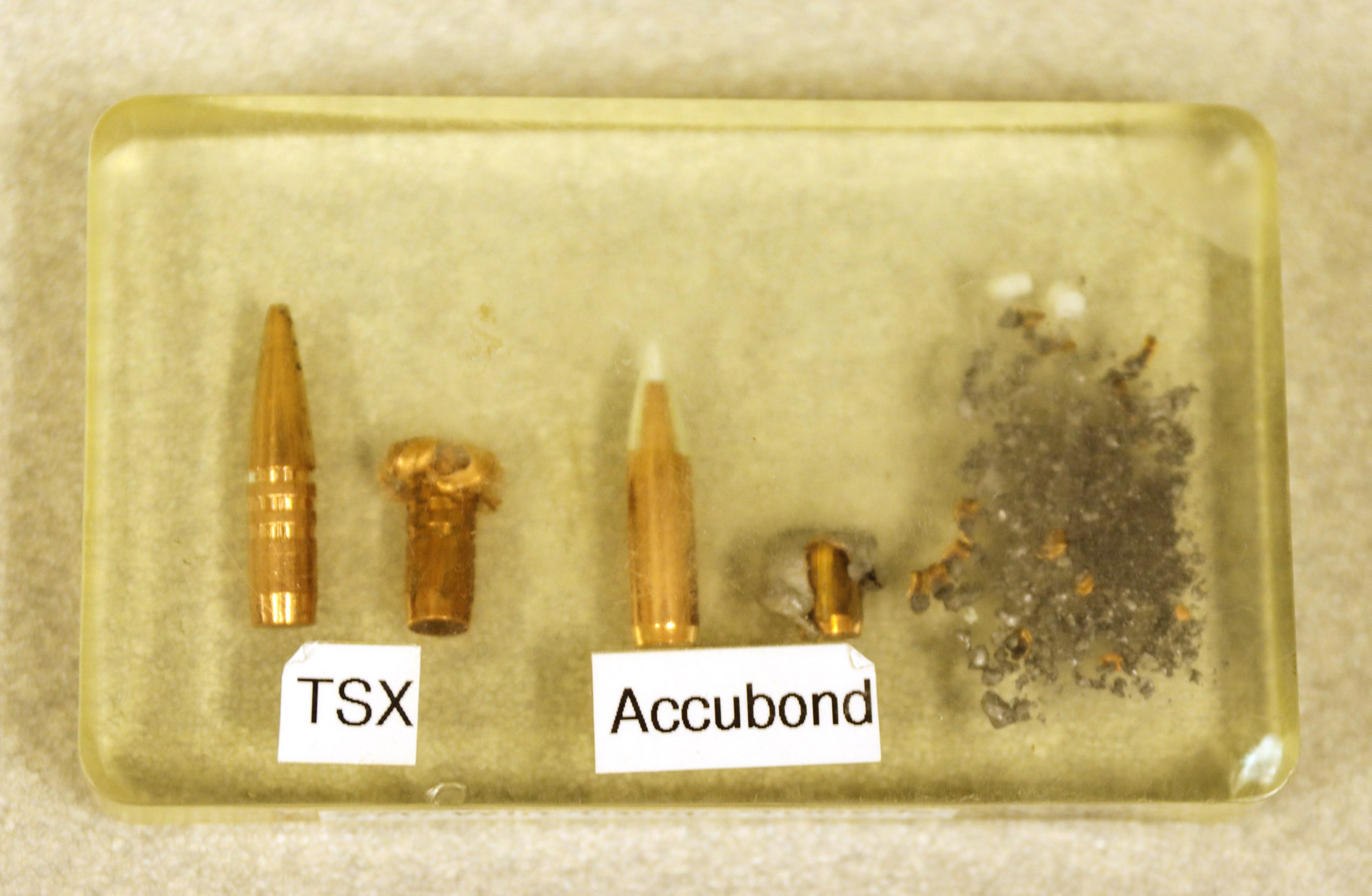
Note: This story originally appeared on Cronkite News. It is published via a Creative Commons license. Cronkite News is produced by the Walter Cronkite School of Journalism and Mass Communication at Arizona State University.
Search
Filed Under
Tags
More Headlines
Native America Calling: Native in the Spotlight with Ted Nolan
Neal McCaleb, prominent citizen of Chickasaw Nation, passes on after storied career
South Dakota Searchlight: Tribes seek protection for Wounded Knee Massacre site
Arizona Mirror: Tribes receive climate resilience grants
Native America Calling: Native skiers
Alaska Beacon: Republicans still pushing to drill in Arctic National Wildlife Refuge
Iowa Capital Dispatch: Democrats object to hearing for Trump’s Interior nominee
North Dakota Monitor: Tribes share priorities with state lawmakers
Cronkite News: Indigenous Enterprise brings culture to New York City
Native America Calling: Combating a Native American housing crisis
Senate committees schedule slew of confirmation hearings for Donald Trump nominees
Senate Committee on Indian Affairs gains Republican leader
Native America Calling: Justin Trudeau’s record on Indigenous issues
Department of Justice holds tribal consultations on U.S. Supreme Court decision
Senate committee schedules confirmation hearing for Doug Collins as Secretary of Veterans Affairs
More Headlines
Neal McCaleb, prominent citizen of Chickasaw Nation, passes on after storied career
South Dakota Searchlight: Tribes seek protection for Wounded Knee Massacre site
Arizona Mirror: Tribes receive climate resilience grants
Native America Calling: Native skiers
Alaska Beacon: Republicans still pushing to drill in Arctic National Wildlife Refuge
Iowa Capital Dispatch: Democrats object to hearing for Trump’s Interior nominee
North Dakota Monitor: Tribes share priorities with state lawmakers
Cronkite News: Indigenous Enterprise brings culture to New York City
Native America Calling: Combating a Native American housing crisis
Senate committees schedule slew of confirmation hearings for Donald Trump nominees
Senate Committee on Indian Affairs gains Republican leader
Native America Calling: Justin Trudeau’s record on Indigenous issues
Department of Justice holds tribal consultations on U.S. Supreme Court decision
Senate committee schedules confirmation hearing for Doug Collins as Secretary of Veterans Affairs
More Headlines
